Ridho Rahmadi
the Alzheimer's Disease Neuroimaging Initiatives, the MASTERPLAN Study Group, the OPTIMISTIC Consortium
Developing FB Chatbot Based on Deep Learning Using RASA Framework for University Enquiries
Sep 25, 2020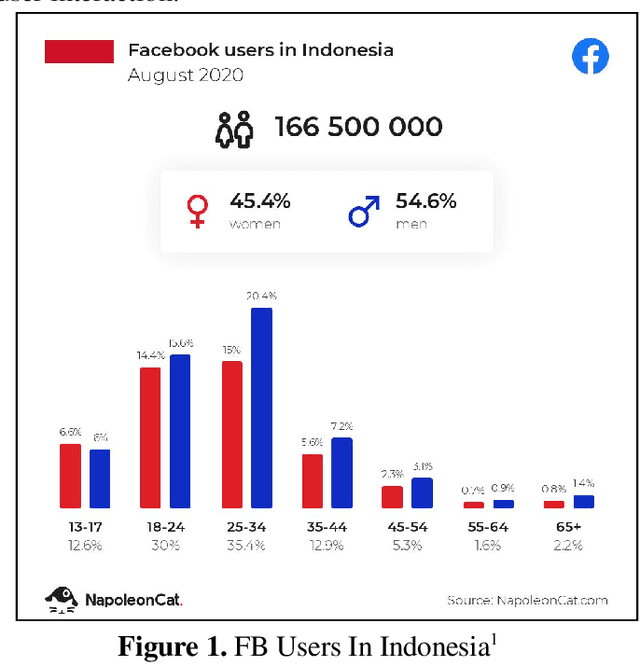

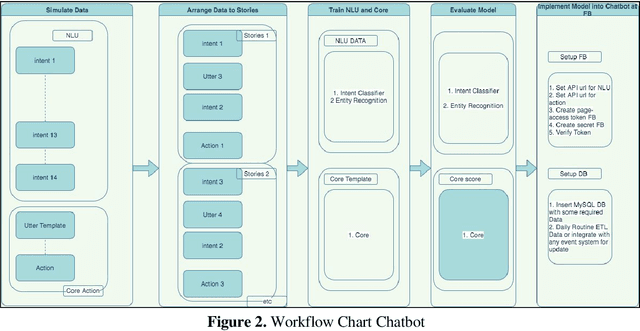

Abstract:Smart systems for Universities powered by Artificial Intelligence have been massively developed to help humans in various tasks. The chatbot concept is not something new in today society which is developing with recent technology. College students or candidates of college students often need actual information like asking for something to customer service, especially during this pandemic, when it is difficult to have an immediate face-to-face meeting. Chatbots are functionally helping in several things such as curriculum information, admission for new students, schedule info for any lecture courses, students grade information, and some adding features for Muslim worships schedule, also weather forecast information. This Chatbot is developed by Deep Learning models, which was adopted by an artificial intelligence model that replicates human intelligence with some specific training schemes. This kind of Deep Learning is based on RNN which has some specific memory savings scheme for the Deep Learning Model, specifically this chatbot using LSTM which already integrates by RASA framework. LSTM is also known as Long Short Term Memory which efficiently saves some required memory but will remove some memory that is not needed. This Chatbot uses the FB platform because of the FB users have already reached up to 60.8% of its entire population in Indonesia. Here's the chatbot only focuses on case studies at campus of the Magister Informatics FTI University of Islamic Indonesia. This research is a first stage development within fairly sufficient simulate data.
Image Captioning with Attention for Smart Local Tourism using EfficientNet
Sep 18, 2020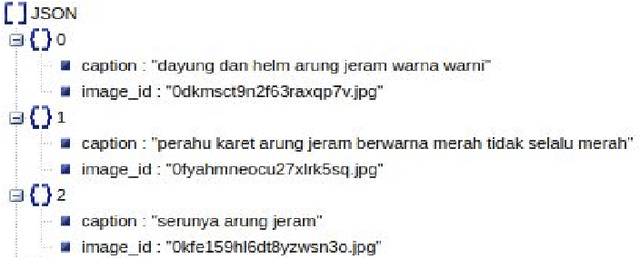
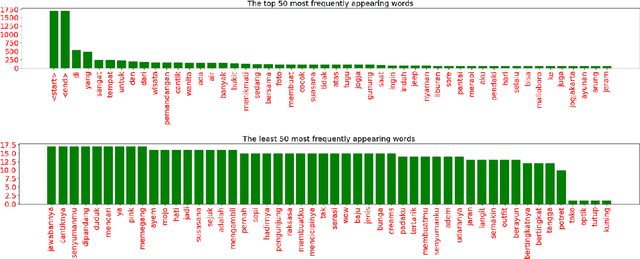
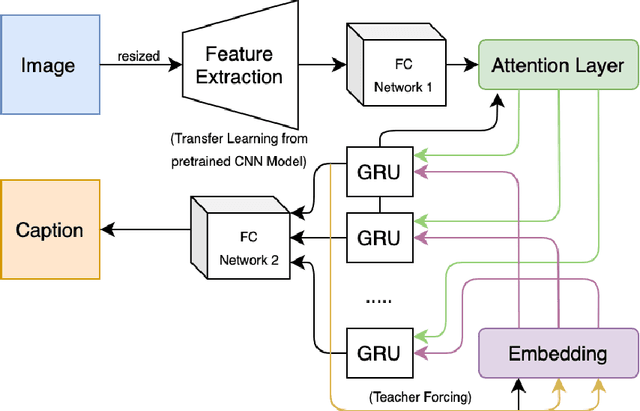
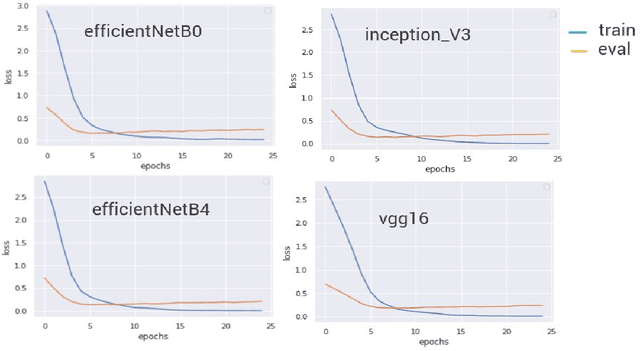
Abstract:Smart systems have been massively developed to help humans in various tasks. Deep Learning technologies push even further in creating accurate assistant systems due to the explosion of data lakes. One of the smart system tasks is to disseminate users needed information. This is crucial in the tourism sector to promote local tourism destinations. In this research, we design a model of local tourism specific image captioning, which later will support the development of AI-powered systems that assist various users. The model is developed using a visual Attention mechanism and uses the state-of-the-art feature extractor architecture EfficientNet. A local tourism dataset is collected and is used in the research, along with two different kinds of captions. Captions that describe the image literally and captions that represent human logical responses when seeing the image. This is done to make the captioning model more humane when implemented in the assistance system. We compared the performance of two different models using EfficientNet architectures (B0 and B4) with other well known VGG16 and InceptionV3. The best BLEU scores we get are 73.39 and 24.51 for the training set and the validation set respectively, using EfficientNetB0. The captioning result using the developed model shows that the model can produce logical caption for local tourism-related images
Stable specification search in structural equation model with latent variables
May 24, 2018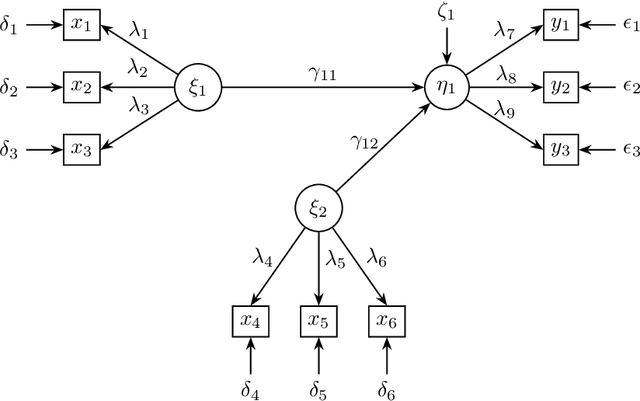



Abstract:In our previous study, we introduced stable specification search for cross-sectional data (S3C). It is an exploratory causal method that combines stability selection concept and multi-objective optimization to search for stable and parsimonious causal structures across the entire range of model complexities. In this study, we extended S3C to S3C-Latent, to model causal relations between latent variables. We evaluated S3C-Latent on simulated data and compared the results to those of PC-MIMBuild, an extension of the PC algorithm, the state-of-the-art causal discovery method. The comparison showed that S3C-Latent achieved better performance. We also applied S3C-Latent to real-world data of children with attention deficit/hyperactivity disorder and data about measuring mental abilities among pupils. The results are consistent with those of previous studies.
Causality on Longitudinal Data: Stable Specification Search in Constrained Structural Equation Modeling
Apr 04, 2017



Abstract:A typical problem in causal modeling is the instability of model structure learning, i.e., small changes in finite data can result in completely different optimal models. The present work introduces a novel causal modeling algorithm for longitudinal data, that is robust for finite samples based on recent advances in stability selection using subsampling and selection algorithms. Our approach uses exploratory search but allows incorporation of prior knowledge, e.g., the absence of a particular causal relationship between two specific variables. We represent causal relationships using structural equation models. Models are scored along two objectives: the model fit and the model complexity. Since both objectives are often conflicting we apply a multi-objective evolutionary algorithm to search for Pareto optimal models. To handle the instability of small finite data samples, we repeatedly subsample the data and select those substructures (from the optimal models) that are both stable and parsimonious. These substructures can be visualized through a causal graph. Our more exploratory approach achieves at least comparable performance as, but often a significant improvement over state-of-the-art alternative approaches on a simulated data set with a known ground truth. We also present the results of our method on three real-world longitudinal data sets on chronic fatigue syndrome, Alzheimer disease, and chronic kidney disease. The findings obtained with our approach are generally in line with results from more hypothesis-driven analyses in earlier studies and suggest some novel relationships that deserve further research.
Causality on Cross-Sectional Data: Stable Specification Search in Constrained Structural Equation Modeling
Jul 14, 2016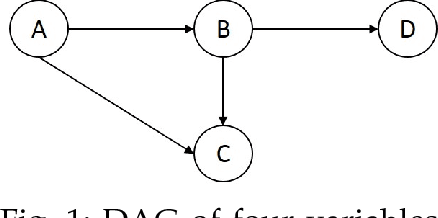

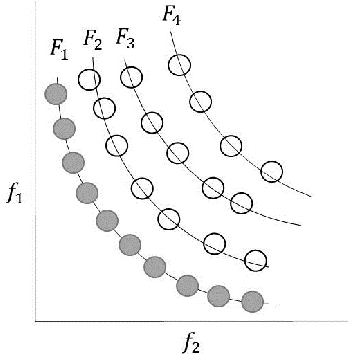

Abstract:Causal modeling has long been an attractive topic for many researchers and in recent decades there has seen a surge in theoretical development and discovery algorithms. Generally discovery algorithms can be divided into two approaches: constraint-based and score-based. The constraint-based approach is able to detect common causes of the observed variables but the use of independence tests makes it less reliable. The score-based approach produces a result that is easier to interpret as it also measures the reliability of the inferred causal relationships, but it is unable to detect common confounders of the observed variables. A drawback of both score-based and constrained-based approaches is the inherent instability in structure estimation. With finite samples small changes in the data can lead to completely different optimal structures. The present work introduces a new hypothesis-free score-based causal discovery algorithm, called stable specification search, that is robust for finite samples based on recent advances in stability selection using subsampling and selection algorithms. Structure search is performed over Structural Equation Models. Our approach uses exploratory search but allows incorporation of prior background knowledge. We validated our approach on one simulated data set, which we compare to the known ground truth, and two real-world data sets for Chronic Fatigue Syndrome and Attention Deficit Hyperactivity Disorder, which we compare to earlier medical studies. The results on the simulated data set show significant improvement over alternative approaches and the results on the real-word data sets show consistency with the hypothesis driven models constructed by medical experts.
 Add to Chrome
Add to Chrome Add to Firefox
Add to Firefox Add to Edge
Add to Edge